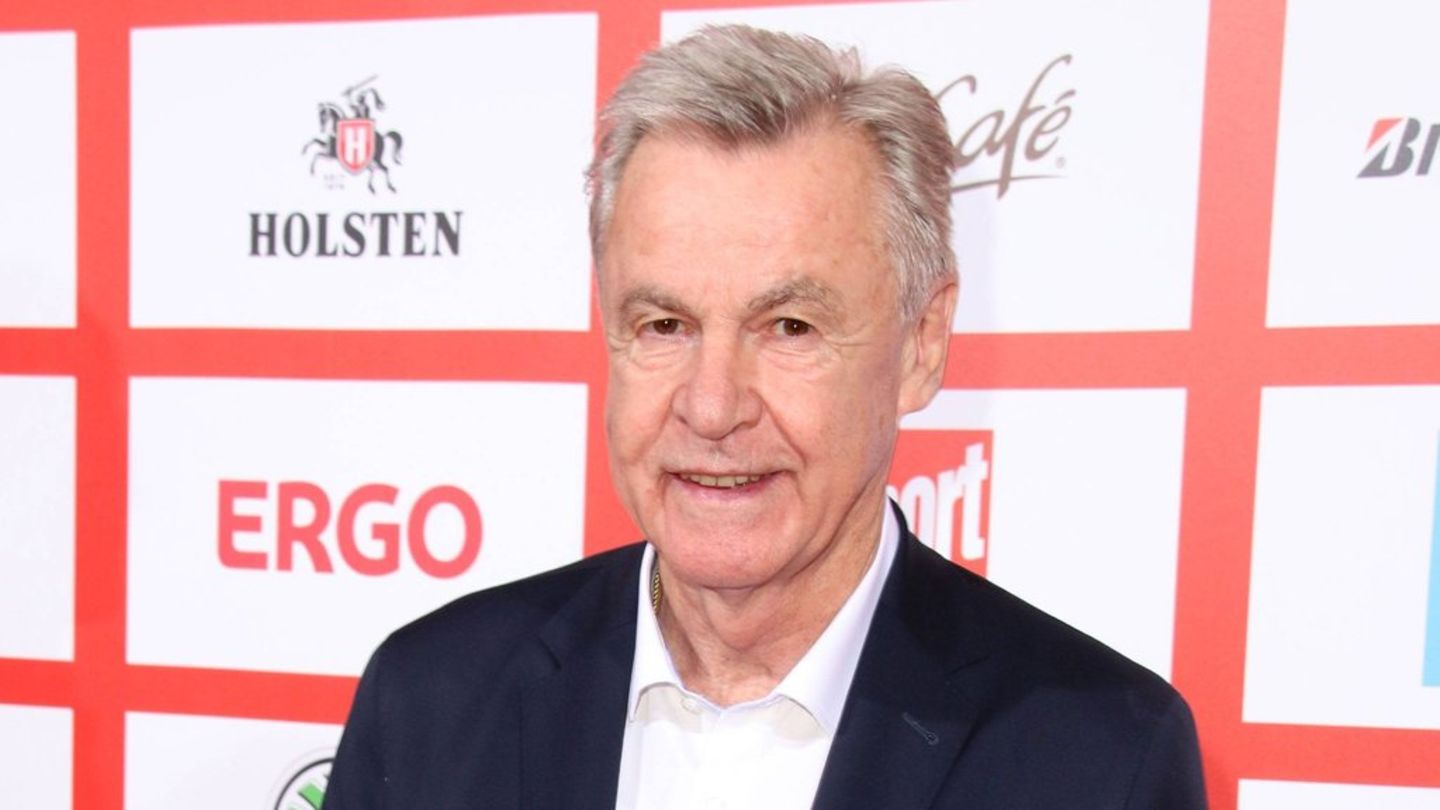An idea of mediocre leadership, but executed, has more possibilities to succeed than a great idea trapped in theoretical procrastination.
When an idea is understood by all team members, and it is perceived that conversations and actions follow a common philosophy, what we might call 360 leadership is fulfilled
Gemini
In it leadershipspeed plays an essential role, not only in the rhythm with which we make decisions, but also in how we inspire and motivate our teams. Did you know that your “speed” does matter? Often, we focus too much on ideas and knowledge, believing that they are only the ones that make a difference. However, he saw and listened to many brilliant ideas that were never implemented. Were they good ideas? Probably yes, but they stayed in mere theories full of good intentions, without ever executing.
The content you want to access is exclusive to subscribers.
Sometimes, an idea of mediocre leadership, but executed, has more possibilities to succeed than a great idea trapped in theoretical procrastination. Leading is not just about having a good idea, but about determining a course and carrying it out effectively. When is the leadership completed? When the idea lands, unfolds and translates into concrete actions within the team.


When an idea is understood by all team members, and it is perceived that conversations and actions follow a common philosophy, what we might call 360 leadership is fulfilled: Rumbo and speed. But how does “speed” translate into practice? In leadership, speed is directly related to the emotionality, mood and attitude of the leader.
The passion of a leader can be extremely contagious, generating a contagious enthusiasm within the team. However, that passion is accompanied by a significant emotional load, which includes adrenaline, motivation, dopamine and stress. When these emotional components shoot at high levels, the leader may be advancing at a speed too quickly so that the equipment can absorb it properly. In these cases, the “emotional speed” of the leader could be between 130 km/Hy 220 km/h, a range that is not only unsustainable, but also long -term risky. This rhythm generates stress, prevents the rationalization of emotions and can make clear decision making.
The optimal speed for sustainable leadership is in the range of 90 km/ha 130 km/h. This is the “cruise rhythm”, where optimal performance is maintained in the long term. In this interval, emotions can be rationalized and managed effectively. It is the point where reason and emotion are found, where the leader and the team remain focused and motivated. This speed allows decisions to be made clearly, but also with empathy, ensuring that the team feels aligned and committed to the objectives.
Of course, there will be moments of high demand and stress, or unforeseen situations that will test the equipment’s energy reserves. However, true leadership lies in knowing how to handle these intensity peaks, reduce revolutions when necessary and restore emotional balance to achieve long -term optimal performance.
A leader can have great ideas, but if he has no communicational clarity, conviction, empathy and the power to influence his team, those ideas will not materialize. On the contrary, a leader with less technical knowledge but with a clear approach to implementation, in details and in the creation of solid relationships has more chances of strengthening his leadership. This type of leader understands that he must correct on the march, adjusting his ideas and processes as he advances, but always with the action at stake.
The most important thing is that the leader manages to find his rhythm and his “permitted speed” between 90 km/Hy 130 km/h. A clear message generates certainty, allowing the team to act peacefully. This gives the team dynamism, since it can proceed based on a common understanding. On the contrary, when the message is not clear, blockages and mental interference are produced that hinder the action of the equipment. Being clear not only facilitates implementation, but also maintains sustainable, balanced and effective leadership, capable of adapting to circumstances without losing course.
Leadership specialist consultant. Counter. Mg. Adm. Companies. Coach ontological. Esp. Neurosciences. Author of the book “Leadership 360”.
Source: Ambito
David William is a talented author who has made a name for himself in the world of writing. He is a professional author who writes on a wide range of topics, from general interest to opinion news. David is currently working as a writer at 24 hours worlds where he brings his unique perspective and in-depth research to his articles, making them both informative and engaging.




